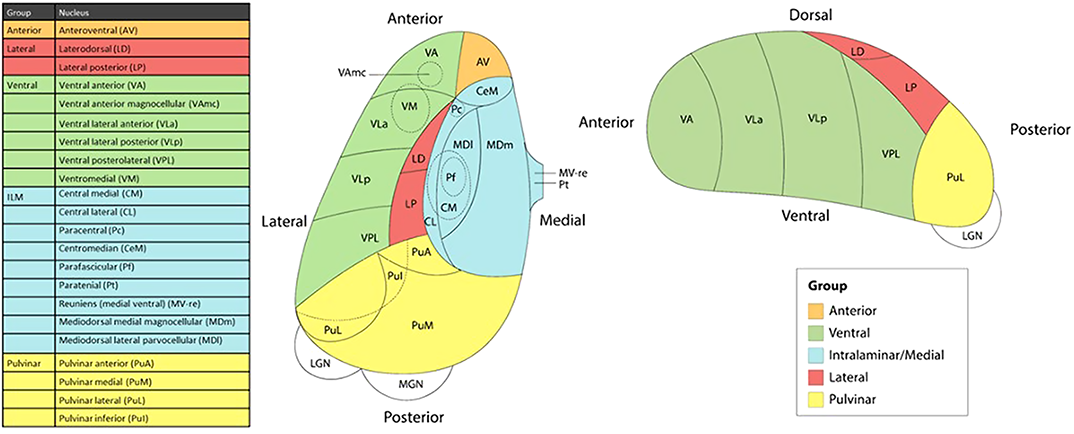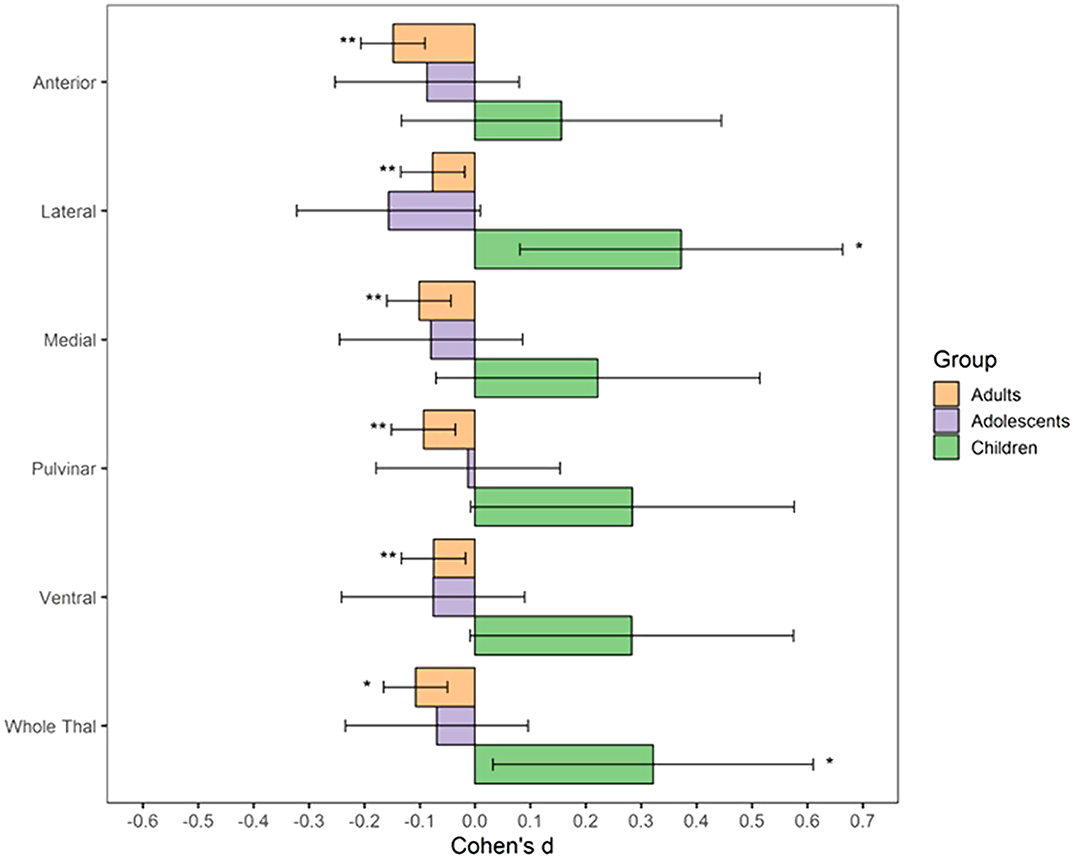505 results
Assessing harmonized intelligence measures in a multinational study
-
- Journal:
- Cambridge Prisms: Global Mental Health / Volume 11 / 2024
- Published online by Cambridge University Press:
- 23 February 2024, e22
-
- Article
-
- You have access
- Open access
- HTML
- Export citation
Psychometric Properties of the Mini International Neuropsychiatric Interview (MINI) Psychosis Module: A Sub-Saharan Africa Cross Country Comparison – CORRIGENDUM
-
- Journal:
- Psychological Medicine / Volume 54 / Issue 2 / January 2024
- Published online by Cambridge University Press:
- 10 January 2024, p. 436
-
- Article
-
- You have access
- HTML
- Export citation

Understanding Ludwig Lachmann's Economics
-
- Published online:
- 25 December 2023
- Print publication:
- 01 February 2024
-
- Element
- Export citation
6 Association Between American Football Play and Parkinson's Disease: Analysis of the Fox Insight Data Set
-
- Journal:
- Journal of the International Neuropsychological Society / Volume 29 / Issue s1 / November 2023
- Published online by Cambridge University Press:
- 21 December 2023, pp. 415-416
-
- Article
-
- You have access
- Export citation
64 Neuroimaging Evidence of Neurodegenerative Disease in Former Professional American Football Players Who “Fail” Validity Testing: A Case Series
-
- Journal:
- Journal of the International Neuropsychological Society / Volume 29 / Issue s1 / November 2023
- Published online by Cambridge University Press:
- 21 December 2023, pp. 574-575
-
- Article
-
- You have access
- Export citation
Childhood trauma moderates schizotypy-related brain morphology: analyses of 1182 healthy individuals from the ENIGMA schizotypy working group
-
- Journal:
- Psychological Medicine / Volume 54 / Issue 6 / April 2024
- Published online by Cambridge University Press:
- 20 October 2023, pp. 1215-1227
-
- Article
- Export citation
On a multi-parameter variant of the Bellow–Furstenberg problem
- Part of
-
- Journal:
- Forum of Mathematics, Pi / Volume 11 / 2023
- Published online by Cambridge University Press:
- 19 September 2023, e23
-
- Article
-
- You have access
- Open access
- HTML
- Export citation
Patterns, predictors, and patient-reported reasons for antidepressant discontinuation in the WHO World Mental Health Surveys
-
- Journal:
- Psychological Medicine / Volume 54 / Issue 1 / January 2024
- Published online by Cambridge University Press:
- 14 September 2023, pp. 67-78
-
- Article
- Export citation
Prospective association of attachment style with suicide attempts among US Army soldiers
-
- Journal:
- Psychological Medicine / Volume 54 / Issue 4 / March 2024
- Published online by Cambridge University Press:
- 31 August 2023, pp. 785-793
-
- Article
- Export citation
The use of a Subjective wellbeing scale as predictor of adherence to neuroleptic treatment to determine poor prognostic factor in African population with Schizophrenia
-
- Journal:
- European Psychiatry / Volume 66 / Issue S1 / March 2023
- Published online by Cambridge University Press:
- 19 July 2023, p. S156
-
- Article
-
- You have access
- Open access
- Export citation
Psychometric Properties of the Mini International Neuropsychiatric Interview (MINI) Psychosis Module: A Sub-Saharan Africa Cross Country Comparison
-
- Journal:
- Psychological Medicine / Volume 53 / Issue 15 / November 2023
- Published online by Cambridge University Press:
- 10 March 2023, pp. 7042-7052
-
- Article
- Export citation
A practical risk calculator for suicidal behavior among transitioning U.S. Army soldiers: results from the Study to Assess Risk and Resilience in Servicemembers-Longitudinal Study (STARRS-LS)
-
- Journal:
- Psychological Medicine / Volume 53 / Issue 15 / November 2023
- Published online by Cambridge University Press:
- 09 March 2023, pp. 7096-7105
-
- Article
- Export citation
Mega-analysis of association between obesity and cortical morphology in bipolar disorders: ENIGMA study in 2832 participants
-
- Journal:
- Psychological Medicine / Volume 53 / Issue 14 / October 2023
- Published online by Cambridge University Press:
- 27 February 2023, pp. 6743-6753
-
- Article
-
- You have access
- Open access
- HTML
- Export citation
Prospective associations of emotion reactivity and risk behaviors with suicide attempts in US Army soldiers
-
- Journal:
- Psychological Medicine / Volume 53 / Issue 13 / October 2023
- Published online by Cambridge University Press:
- 04 November 2022, pp. 6124-6131
-
- Article
- Export citation
The thalamus and its subregions – a gateway to obsessive-compulsive disorder
-
- Journal:
- European Psychiatry / Volume 65 / Issue S1 / June 2022
- Published online by Cambridge University Press:
- 01 September 2022, pp. S77-S78
-
- Article
-
- You have access
- Open access
- Export citation
Mental Health in Individuals with a History of Mental Disorder during COVID-19-Pandemic - Preliminary Results of the National Cohort Study in Germany
-
- Journal:
- European Psychiatry / Volume 65 / Issue S1 / June 2022
- Published online by Cambridge University Press:
- 01 September 2022, pp. S376-S377
-
- Article
-
- You have access
- Open access
- Export citation
Associations of vulnerability to stressful life events with suicide attempts after active duty among high-risk soldiers: results from the Study to Assess Risk and Resilience in Servicemembers-longitudinal study (STARRS-LS)
-
- Journal:
- Psychological Medicine / Volume 53 / Issue 9 / July 2023
- Published online by Cambridge University Press:
- 27 May 2022, pp. 4181-4191
-
- Article
- Export citation
Risk of bacterial bloodstream infection does not vary by central-line type during neutropenic periods in pediatric acute myeloid leukemia
-
- Journal:
- Infection Control & Hospital Epidemiology / Volume 44 / Issue 2 / February 2023
- Published online by Cambridge University Press:
- 25 April 2022, pp. 222-229
- Print publication:
- February 2023
-
- Article
- Export citation
Eight-year trajectories of behavior problems and resilience in children exposed to early-life intimate partner violence: The overlapping and distinct effects of individual factors, maternal characteristics, and early intervention
-
- Journal:
- Development and Psychopathology / Volume 35 / Issue 2 / May 2023
- Published online by Cambridge University Press:
- 14 March 2022, pp. 850-862
-
- Article
-
- You have access
- Open access
- HTML
- Export citation
Unsparing self-critique strengthens the field, but Bailey et al. overstate the ‘problems with delay discounting’
-
- Journal:
- Psychological Medicine / Volume 53 / Issue 4 / March 2023
- Published online by Cambridge University Press:
- 28 February 2022, pp. 1658-1659
-
- Article
-
- You have access
- Open access
- HTML
- Export citation







